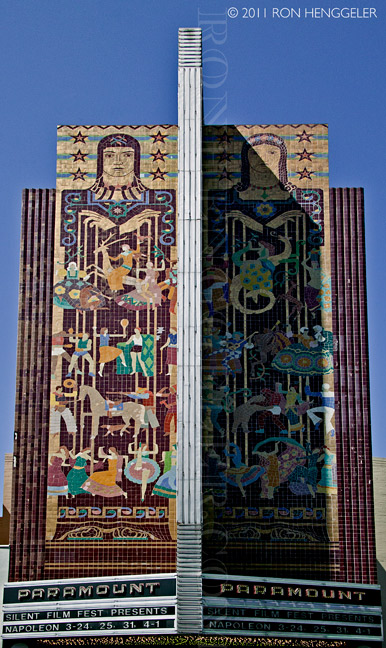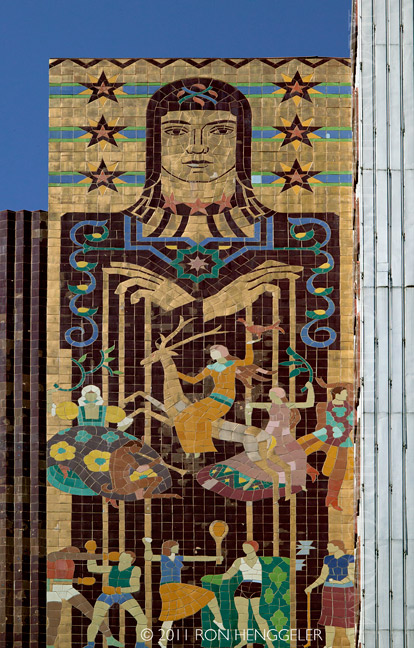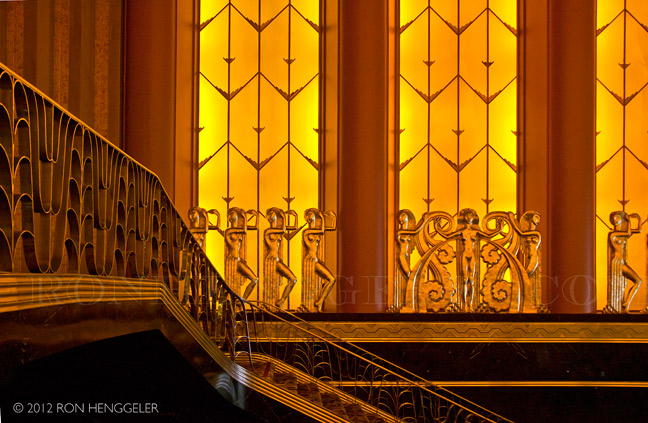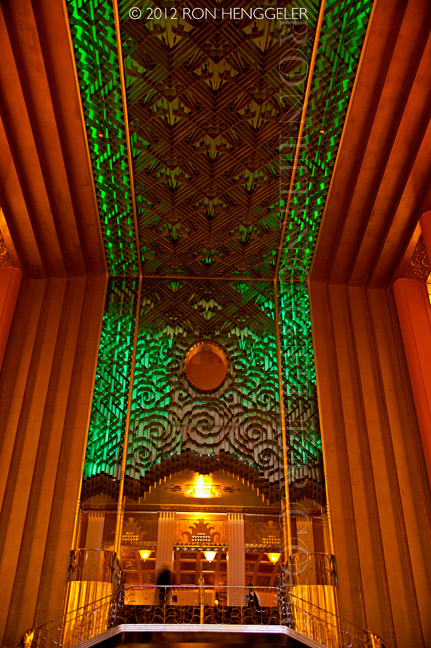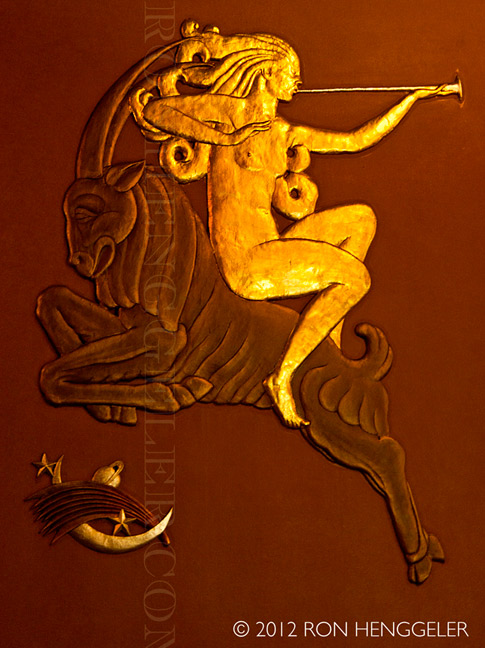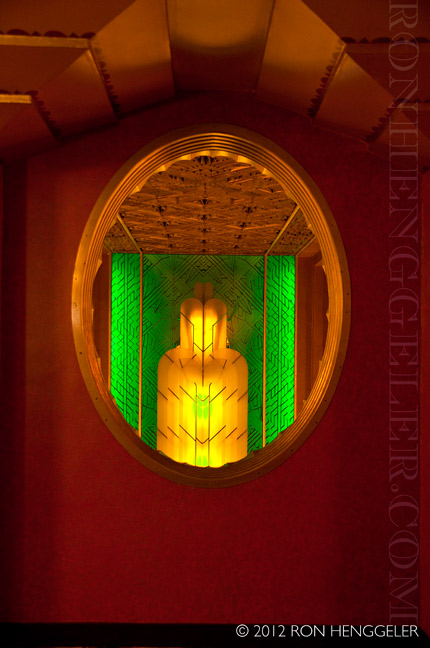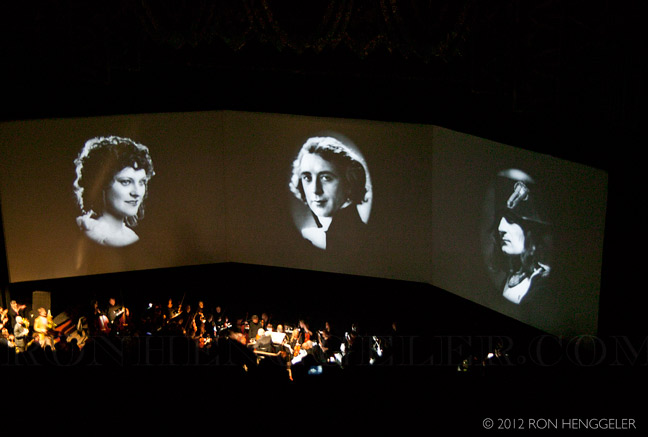RON HENGGELER |
April 2, 2012
Cathedral of Christ the Light and the Paramont Theatre
Oakland California
On Sunday April 1, 2012, Dave and I went to the historic Paramont Theatre in Oakland see the epic silent motion picture NAPOLEON by Able Gance.
During the dinner intermission we visited for the first time the Cathedral of Christ the Light on the side of Lake Merritt.
Cathedral of Christ the Light Oakland California The Cathedral of Christ the Light, also called Oakland Cathedral, is the cathedral of the Roman Catholic Diocese of Oakland in Oakland, California. It is the seat of the Bishop of Oakland. Christ the Light, the first cathedral built in the 21st century, replaces the Cathedral of Saint Francis de Sales, irreparably damaged in the Loma Prieta earthquake of 1989. |
Cathedral of Christ the Light Oakland California Christ the Light, as a larger cathedral center, is composed of the cathedral church, chancery offices of the bishop's curia, diocesan conference center, rectory (priests' residence), health services center (which provides free diagnostic services to people without health insurance), and a mausoleum. The mausoleum features twelve crypts reserved for the bishops of Oakland and burial sites available to the members of the diocese for a comparable price to the other Catholic cemeteries in the diocese. The cathedral center also houses both a cafe and bookstore, as well as a public plaza and garden. |
Cathedral of Christ the Light Oakland California The worship space in Christ the Light is a vesica piscis shape (translated into English means fish bladder), the shape formed by the intersection of two circles. The walls are composed of overlapping panels of wood and glass rising skyward to form the vault, much like the scales of a fish. The design is inspired by the miracle of the loaves and the fishes in Christian tradition, among other motifs.[1] The Oakland Tribune wrote of the Hartman's description of light, "The design allows light to filter in, reminiscent of how light filters through a canopy of tall redwood trees in a wooded glade, Hartman said" |
Cathedral of Christ the Light Oakland California |
Cathedral of Christ the Light Oakland California |
Cathedral of Christ the Light Oakland California |
Cathedral of Christ the Light Oakland California |
Cathedral of Christ the Light Oakland California |
Cathedral of Christ the Light Oakland California |
Cathedral of Christ the Light Oakland California |
Cathedral of Christ the Light Oakland California |
Front facade of the Paramont Theatre Oakland California The Paramount Theatre is a 3,040 seat Art Deco movie theater located at 2025 Broadway in downtown Oakland, California, USA. When it was built in 1931, it was the largest multi-purpose theater on the West Coast, seating 3476. Today, the Paramount is the home of the Oakland East Bay Symphony and the Oakland Ballet, it regularly plays host to R&B, jazz, blues, pop, rock, gospel, classical music, as well as ballets, plays, stand-up comedy, lecture series, special events, and screenings of classic movies from Hollywood's Golden Era. |
Paramont Theatre Its exterior, with its 110-foot high tile mosaic of enormous figures and a projecting Paramount sign which can be seen up and down the street, is impressive, but it is the interior that rises to unequaled heights. A 58-foot high grand lobby, with side walls made of alternating vertical bands of warm green artificial light panels and muted red piers, and with both ends and ceiling decorated with an almost luminescent grillwork, forms a regal introduction. Rare and costly materials are everywhere: hand-adzed quartered oak, Hungarian ash crotch, bird's-eye maple, Balinese rosewood, Malaysian teak, and Italian marble. The auditorium is unmatched for its refulgent splendor, with gilded galaxies of whorls and gold walls with sculpted motifs from the Bible and mythology. Outside and in, the Paramount radiates the dream-world escapism with which sought to beguile its customers. The Paramount organ was built by Wurlitzer for the Paramount Publix theaters: a four-manual, twenty-rank model called the Publix I (Opus 2164), which cost $20,000 in 1931. |
Paramont Theatre The Paramount Theatre was built as a movie palace, during the rise of the motion picture industry in the late 1920s. Palace was both a common and an accurate term for the movie theaters of the 1920s and early 1930s. In 1925, Adolph Zukor's Paramount Publix Corporation, the theater division of Paramount Pictures, one of the great studio-theater chains, began a construction program resulting in some of the finest theaters built. Publix assigned the design of the Oakland Paramount to 38-year-old San Francisco architect Timothy L. Pflueger, (1892 - 1946) of Miller and Pflueger. The Paramount opened at a cost of $3 million on December 16, 1931. Pflueger was also the designer of the Castro Theatre in San Francisco. The Art Deco design referred to the 1925 Exposition Internationale des Arts Décoratifs et Industriels Modernes in Paris. The term Art Deco has been used only since the late 1960s, when there was a revival of interest in the art and fashion of the early 20th century. |
Paramont Theatre Oakland California |
Paramont Theatre Oakland California |
Paramont Theatre The gala premiere on December 16, 1931 was attended by Kay Francis, star of the opening film, The False Madonna, and cast members Conway Tearle, Charles D. Brown, Marjorie Gateson, and William Boyd (not yet known as Hopalong Cassidy). Notable guests included California's governor James Rolph and Oakland mayor Fred N. Morcom. Tickets were first-come, first-served: sixty cents for the balcony seat and eighty-five cents for a seat in the orchestra. The program also included a Fox Movietone News newsreel, a Silly Symphony animated cartoon The Spider and the Fly, and the music of the Paramount's own 16-piece house orchestra, under the direction of Lew Kosloff. Last on the program was the stage show Fanchon & Marco's "Slavique Idea," a forty-minute revue featuring Sam Hearn, comedians Brock and Thompson, dancer LaVonne Sweet, the acrobatic Seven Arconis, Patsy Marr, and the Sunkist Beauties in a chorus-line finale. |
Paramont Theatre Oakland California |
Paramont Theatre Oakland California |
Paramont Theatre Oakland California |
Paramont Theatre Oakland California |
Paramont Theatre Oakland California |
Paramont Theatre Walking into the main lobby, with its gold ornamentation along the walls, curving staircase, and glowing light fixtures, is like taking a trip back through Old Hollywood. Public tours of the Paramount Theatre are given on the first and third Saturdays of each month, excluding holidays and holiday weekends. Documented in 1972 by the Historic American Buildings Survey, the theater was entered into the National Register of Historic Places on August 14, 1973, became a California Registered Historical Landmark in 1976 and a U.S. National Historical Landmark in 1977. |
Paramont Theatre Oakland California |
Paramont Theatre Oakland California |
Paramont Theatre Oakland California |
Paramont Theatre Oakland California |
Paramont Theatre Oakland California |
Paramont Theatre Oakland California |
The closing moments on stage at the Paramont after seeing NAPOLEON by Abel Gance "Napoleon" came. "Napoleon" was seen. "Napoleon" conquered. At 9:40 p.m. Saturday, the near-capacity crowd at the 3,000-seat Paramount Theatre rose from the places it had settled into eight hours earlier and cheered a mighty cheer, the kind of full-throated, sustained roar not usually heard in a movie theater. The audience had just lived through one of the world's great cinematic experiences: an all-day screening (complete with snack and dinner breaks) of Abel Gance's mesmerizing 51/2-hour silent film from 1927, accompanied by Carl Davis conducting the 46-piece Oakland East Bay Symphony, performing his own superb score. Their applause and shouts paid tribute to both the sustaining power of this kind of moviegoing experience and to Gance's creative genius. For many reasons, the film is rarely exhibited — the most celebrated American showing was of a four-hour version at Radio City Music Hall in 1981. Beyond the commercial challenge of finding an audience for such a lengthy picture, there are the technical demands of screening it. In the final 20 minutes, the screen expands to a curved 85 feet, three times its normal width, and presents either a trio of related images or one enormous, eye-widening panorama. Gance, a cinematic innovator, masterminded this bravura conclusion. He called it Polyvision, and it delivered. |
Newsletters Index: 2015, 2014, 2013, 2012, 2011, 2010, 2009, 2008, 2007, 2006
Photography Index | Graphics Index | History Index
Home | Gallery | About Me | Links | Contact
© 2015 All rights reserved
The images are not in the public domain. They are the sole property of the
artist and may not be reproduced on the Internet, sold, altered, enhanced,
modified by artificial, digital or computer imaging or in any other form
without the express written permission of the artist. Non-watermarked copies of photographs on this site can be purchased by contacting Ron.











